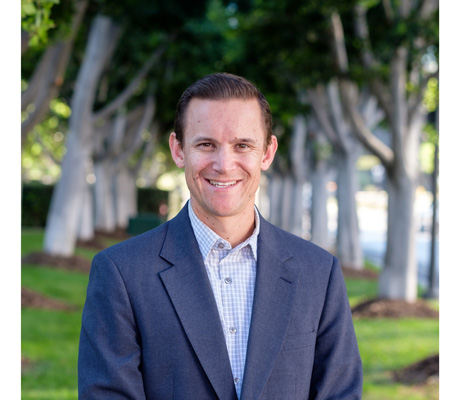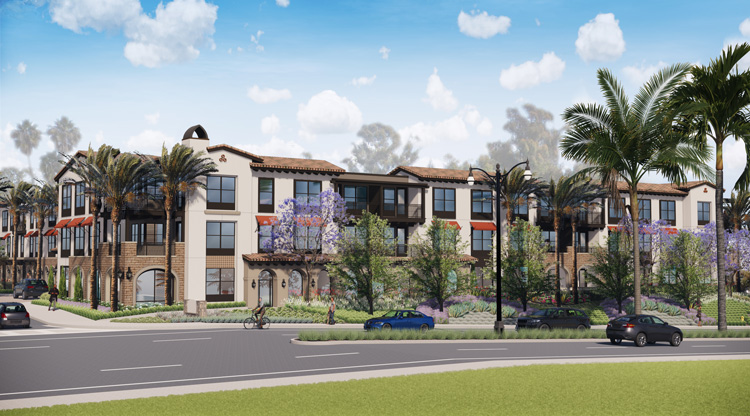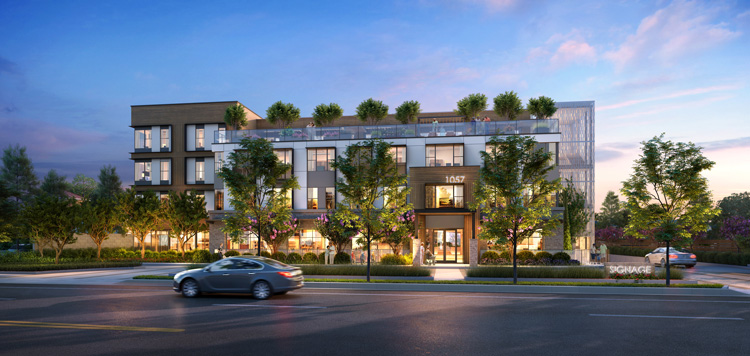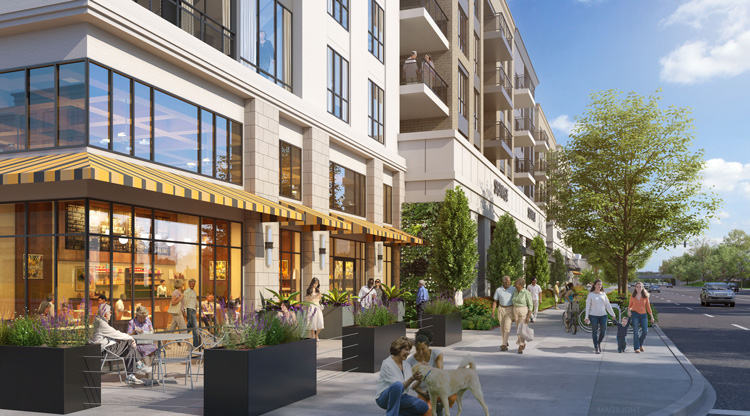By Ben Seager, Principal, KTGY
American poet and author Maya Angelou said, “Mostly, what I have learned so far about aging, despite the creakiness of one’s bones and cragginess of one’s once-silken skin, is this: Do it. By all means, do it.”
Although this is a great axiom for any generation, the baby boomers have revolutionized the seniors housing industry in their quest to not take aging lying down. They want to stay active — in mind, body and spirit — enjoy life, and share time with family and friends. They want to continue to have new experiences and stay connected and engaged.
Many don’t see themselves retiring to a suburban campus. In fact, a 2017 survey conducted by Welltower found that 80 percent of boomers currently living in a city want to stay in that city when they are over 80 years old. Thoughtfully designed infill seniors housing can provide this opportunity.
Keep family connections
Although some of these older adults may have mobility limitations and require living assistance or memory support, there is peace of mind and a level of comfort that comes with living near family and friends. Social connections for older adults play an essential role in their mental, emotional and physical wellbeing.
Seniors with a strong social network have a better quality of life and experience superior overall health and wellness. Studies show that the closer a senior community is to where younger family members live, work, shop and play, the more likely the seniors will receive consistent visitors. With social isolation being such a serious issue for older Americans, having these communities in the right place can literally be a lifesaver.
In early 2023, residents of Mission Viejo, California, will be able to move into a community that was designed with this in mind. MorningStar of Mission Viejo is a service-enriched community with a continuum of care consisting of independent living, assisted living and memory care units. The new senior living community is situated in an eclectic suburban environment surrounded by residential and commercial neighborhoods, placing seniors near family and friends.
MorningStar of Mission Viejo offers residents dynamic lifestyle options and delivers resort-style amenities, including a fitness center, massage room, theater, club room, library and lounge. The city of Mission Viejo in Orange County has approximately 92,500 people, with over 21 percent of the population age 65 years and over, which is more than 31 percent higher than the U.S. average.
Urban amenities
In addition to living near family and friends, the urban environment offers a wide variety of amenities such as convenient access to shopping, dining, entertainment, public transit, civic and cultural activities, employers, healthcare and volunteering opportunities, all important considerations for aging adults. This all adds up to a better quality of life.
The National Library of Medicine did an extensive study on the quality of life of seniors living in rural versus urban environments. The study found that both the quality of life and the health-related quality of life are substantially higher for those that live in urban settings. It went on to say, “The lower scores in rural areas suggest that rural older adults may be socially isolated. Older rural adults may need interventions to maintain physical and mental health, strengthen social relationships and support, and increase their participation in the community to promote quality of life.”
Offering assisted living and memory care, MorningStar of Mountain View in Mountain View, California, is nestled between a shopping center and an established single-family neighborhood, perfectly bridging the gap between a busy commercial corridor and the quiet neighborhood. MorningStar of Mountain View delivers a California coastal modern atmosphere to age-targeted locals who require a higher level of care. In addition to the amenity-rich location, the senior living community boasts its own amenities — a library, lounge, theater, club room, restaurant, wellness center, bistro, art studio, salon, therapeutic spa and several courtyards.
As a result of the input from the city and nearby residents, this community was designed with concealed, subterranean parking, hidden emergency vehicle access in the remote back corner, and high-end finishes to maintain the upscale feel of the community.
Mixed-use and adaptive reuse
Adaptive reuse developments bring new life to an obsolete building and revitalize a neighborhood. There may also be financing incentives and/or tax benefits and environmental benefits such as reduced waste from demolition. Going vertical on a smaller parcel helps keep the footprint compact.
Mixed-use developments offer a diversified income stream and create community benefits for onsite residents, visitors and the surrounding community. A mixed-use design strategy can also help dissolve any potential barriers between the senior living community and the community at large.
For example, Regency Palms in Downtown Long Beach, California, is a renovated and thoughtfully restored 10-story office building originally built in the 1920s. It now accommodates 102 assisted living and memory care units on a 0.53-acre parcel. More than 7,000 square feet of retail and medical offices at the ground level invite the public in, deepening the residents’ connection to the community.
With an emphasis on building relationships, this award-winning senior living community is designed so residents have vibrant common living areas that combine with the retreat of private rooms to make a home. The walkable neighborhood and its location next to the Los Angeles Metro’s Blue Line connects residents and visitors to downtown Los Angeles and the greater region.
Wisteria at Warner Center, a new life plan community planned in Woodland Hills, California, is located just minutes from historic Ventura Boulevard and the unique shopping, dining and cultural attractions of Southern California’s greater San Fernando Valley. Rich with oversized courtyards accessible to independent living residents and the surrounding area, the community connects with the walkable neighborhood encouraging interaction among residents and neighbors. The nearly 30,000 square feet of retail with uses that serve both the senior population and the surrounding community gives ample opportunities for intergenerational interaction.
Benefits to the neighborhood
A senior living community is a low-impact use. Although there may be a lot of people living in a building, a majority of them don’t drive. Most of the vehicle traffic will typically come from the staff. However, the senior living operator can plan their staff’s shift changes around peak hours, so staff traffic impacts are nearly negligible. Operators can also provide public transportation incentives to their employees.
There is little impact on schools, parks and even utilities based on the resident profile. Seniors housing creates job opportunities; depending on the size of the senior living community, upwards of 100 people with various skill sets can be employed.
Important design considerations
Security and access in a senior living community are always a critical design consideration, even more so in urban environments.
The line between public and private needs to feel permeable. However, there should be a clear distinction between the two as well as a limited number of entries located in visible areas.
Sensitivity to noise and lights generated in more urban locations is another consideration. Not only can the issue of noise and lights be a nuisance, but in the case of memory care, it could cause residents to become agitated and lead to adverse health effects. Therefore, special attention should be given to where units are located and the quality of views from the primary windows during concept design.
Infill housing represents one of the best opportunities to help seniors remain in an amenity-rich environment, near family and friends. And, when thoughtfully done, it is clear that there are numerous benefits to the residents and the greater community.
Ben Seager is a principal at KTGY and specializes in the design of service-enriched seniors housing, including independent living, assisted living and memory care.





